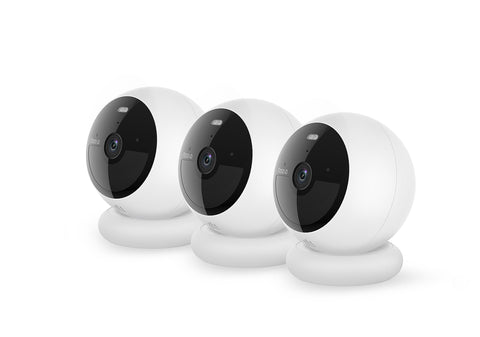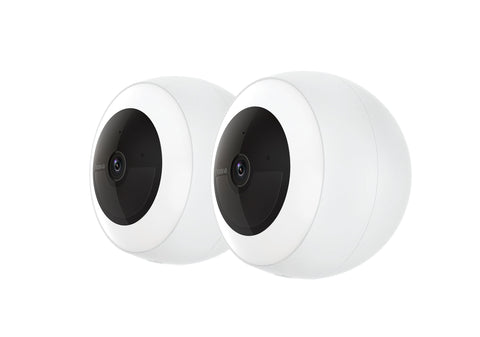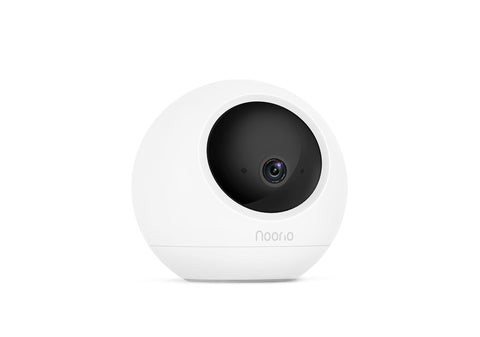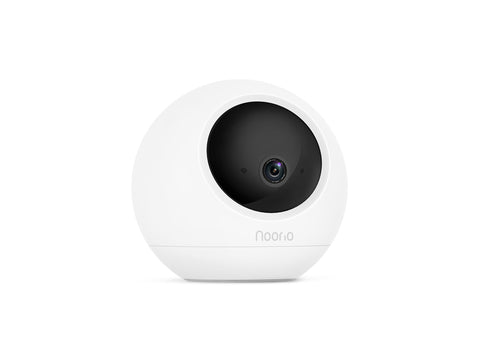As technology advances, IP cameras have become integral to modern surveillance systems. When it comes to integrating these cameras into your network, understanding protocols is crucial. Two common protocols for IP cameras are ONVIF (Open Network Video Interface Forum) and RTSP (Real-Time Streaming Protocol). Let's delve into the details to help you make an informed choice.
ONVIF (Open Network Video Interface Forum):
Advantages:
-
Interoperability: ONVIF is an open standard that promotes interoperability between different manufacturers' devices. This means that ONVIF-compliant cameras, recorders, and software from various brands can work seamlessly together.
-
Easy Integration: ONVIF simplifies the integration process. You can add ONVIF-compatible devices to your network without dealing with proprietary protocols, fostering a more flexible and user-friendly system.
-
Standardized Features: ONVIF ensures a standardized set of features, allowing for consistent functionalities across different devices. This includes basic functions like video streaming, PTZ control, and motion detection.
-
Future-Proofing: As an open standard, ONVIF is continually updated and improved. This helps in future-proofing your surveillance system, ensuring compatibility with upcoming devices and technologies.
RTSP (Real-Time Streaming Protocol):
Advantages:
-
Low Latency Streaming: RTSP is designed for real-time streaming, providing low-latency communication between the camera and the client device. This is essential for applications where minimal delay is critical, such as live video monitoring.
-
Wide Compatibility: RTSP is a widely supported protocol, making it compatible with various software and devices. It is commonly used for streaming live video over the internet and can be employed in conjunction with multimedia players.
-
High-Quality Streaming: RTSP supports high-quality video streaming, making it suitable for scenarios where detailed video capture is essential. This is especially beneficial for applications like video conferencing and live broadcasting.
-
Flexible Configuration: RTSP allows for flexible configuration and control over the streaming process. Users can adjust parameters such as resolution, frame rate, and compression settings to meet specific requirements.
Making the Choice:
Considerations:
-
Compatibility: If you have a diverse range of devices from different manufacturers, ONVIF may be the better choice for seamless integration. However, if low-latency streaming is a priority, RTSP might be more suitable.
-
Interoperability: If you prioritize an open standard that encourages interoperability, ONVIF is the clear winner. RTSP, while widely supported, may have variations in implementation that can lead to compatibility issues.
-
Use Case: Evaluate your specific use case. If your application requires real-time streaming with low latency, RTSP may be preferred. If you prioritize interoperability and a standardized feature set, ONVIF is a solid choice.
In conclusion, both ONVIF and RTSP have their advantages, and the choice depends on your specific needs and the devices in your surveillance ecosystem. Consider factors like compatibility, interoperability, latency requirements, and the intended use case to make an informed decision for your IP camera protocols.











